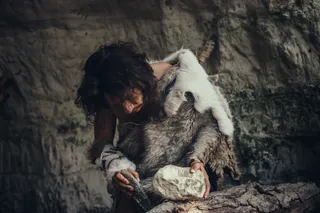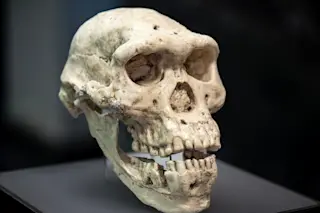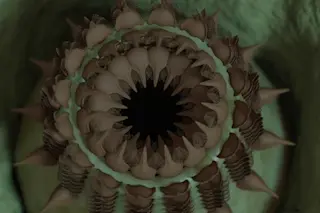Gaze into one of the ramshackle buildings in Bodie, California, and you might see dust-covered furniture, an old muffin pan, rusty tins, and broken kerosene lamps. Or you might see a fully stocked general store with original wooden boxes and shelves with tin cans. The old gold-mining town, once bustling with saloons, brothels, gambling halls, and even opium dens, is now a ghost town, probably the most famous one in America. But it is much more than that. According to cultural geographer Dydia DeLyser of Louisiana State University, ghost towns, like the ruins of Pompeii, help people understand the past. “When people see Bodie,” DeLyser says, “it’s very powerful. They relate to the ideas the movies convey about the Old West, about the pioneering spirit of Americans, and read those into Bodie’s landscape. By looking on the tarnished remains of the past, they feel they’re experiencing that past.” Nestled in ...
The Most Famous Ghost Town in America
Like a zombie, Bodie is in a permanent state of “arrested decay.”
More on Discover
Stay Curious
SubscribeTo The Magazine
Save up to 40% off the cover price when you subscribe to Discover magazine.
Subscribe












